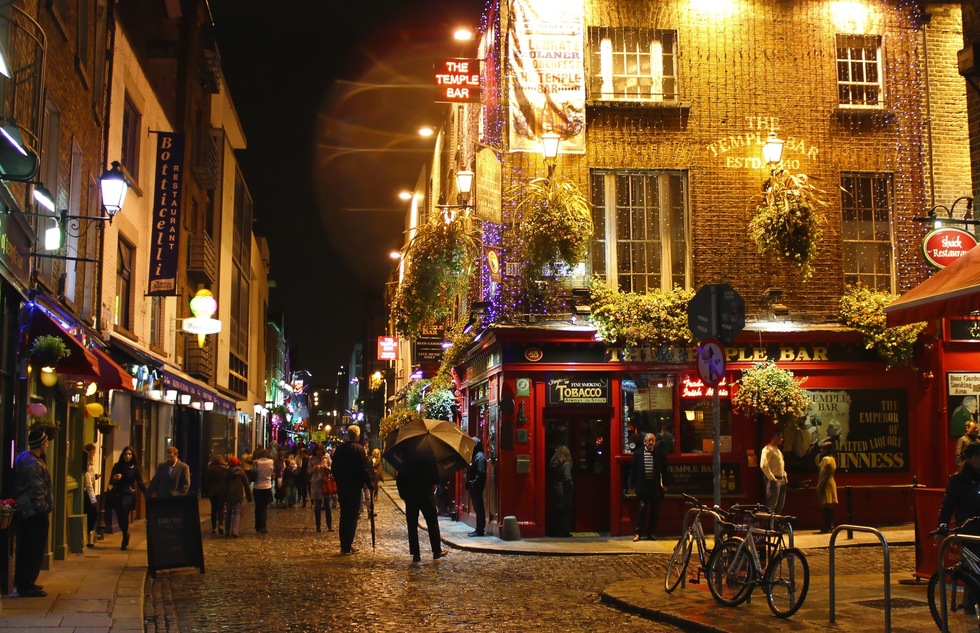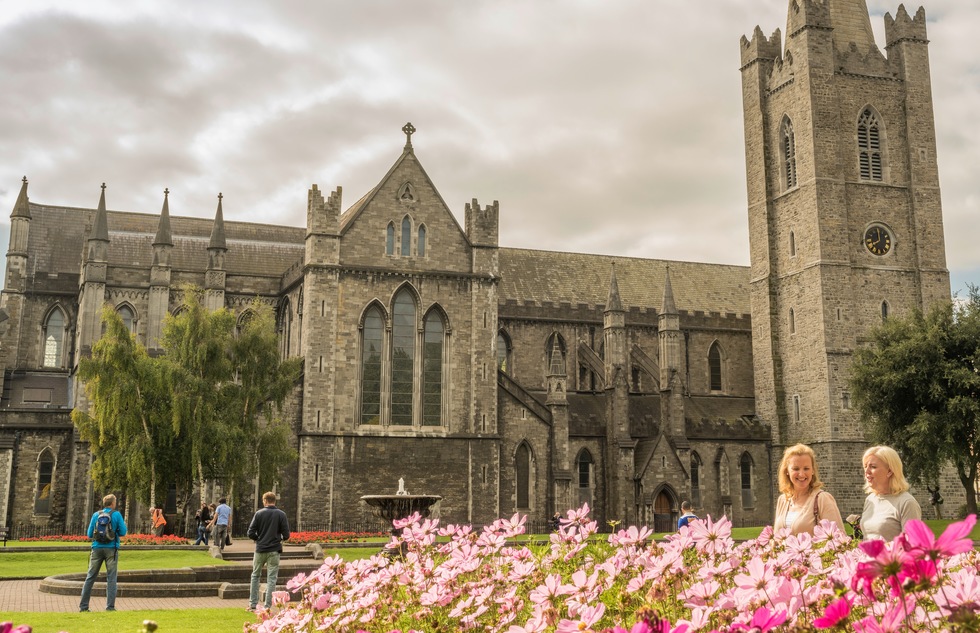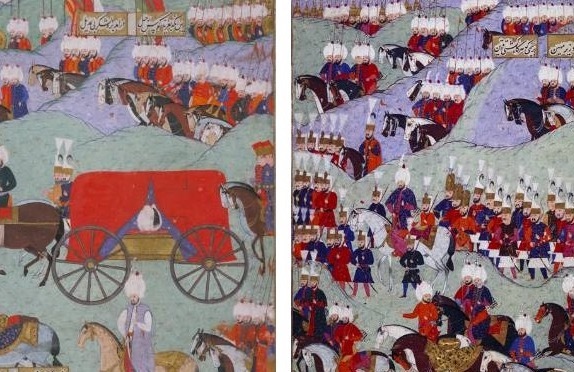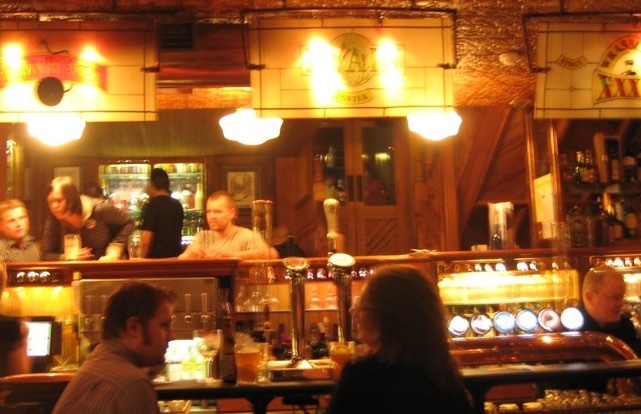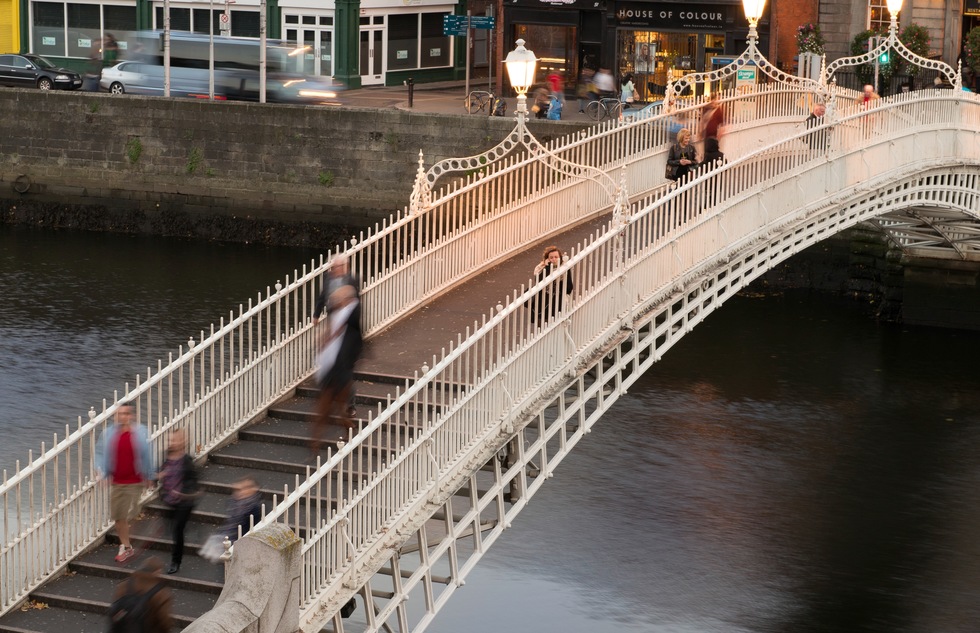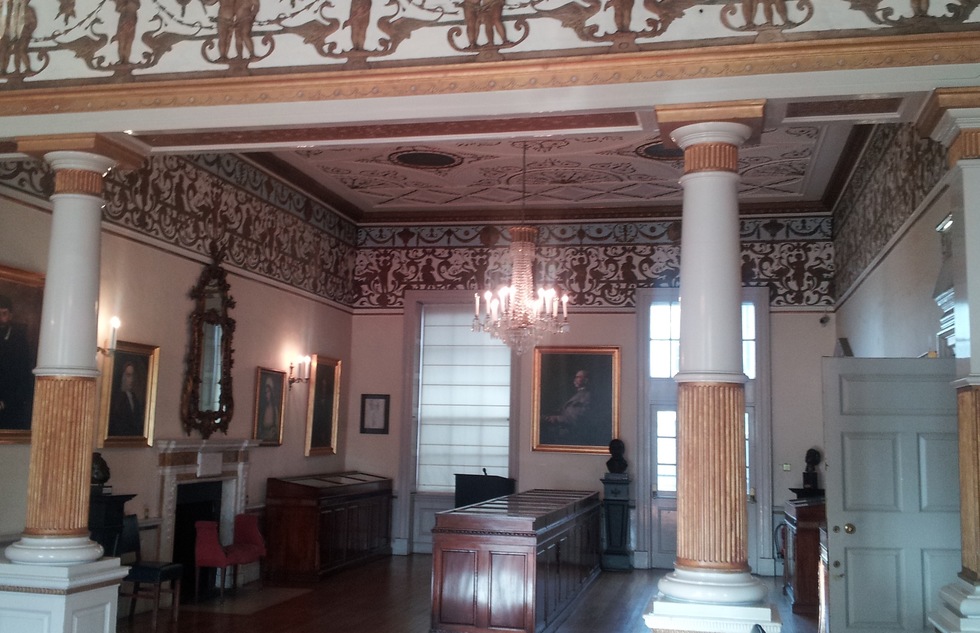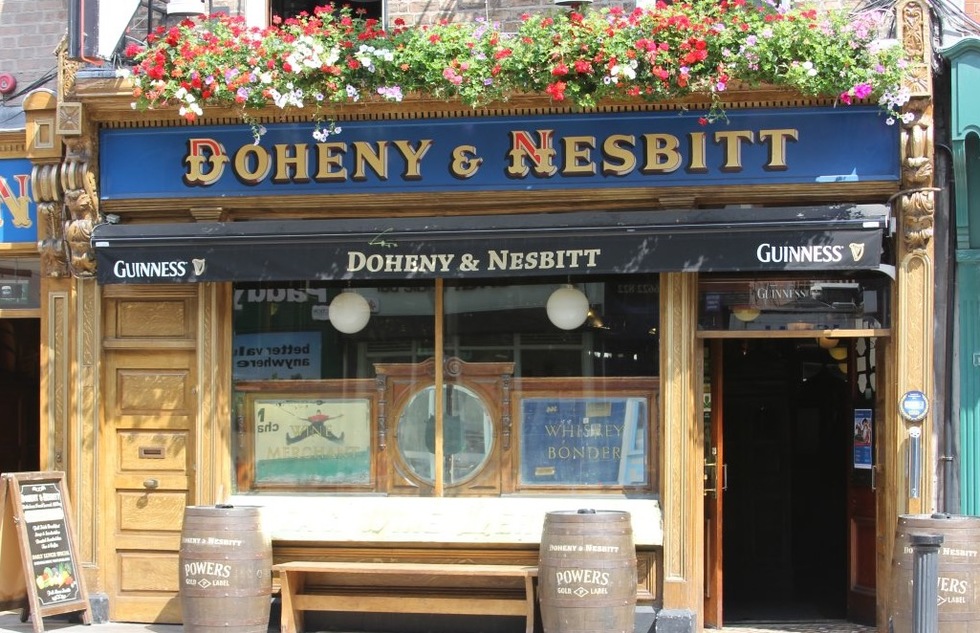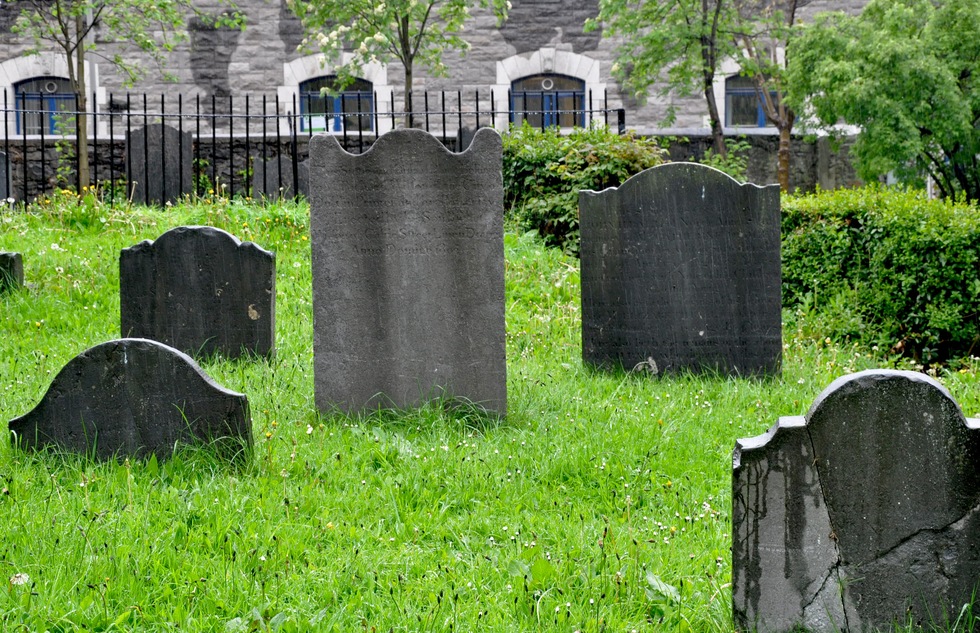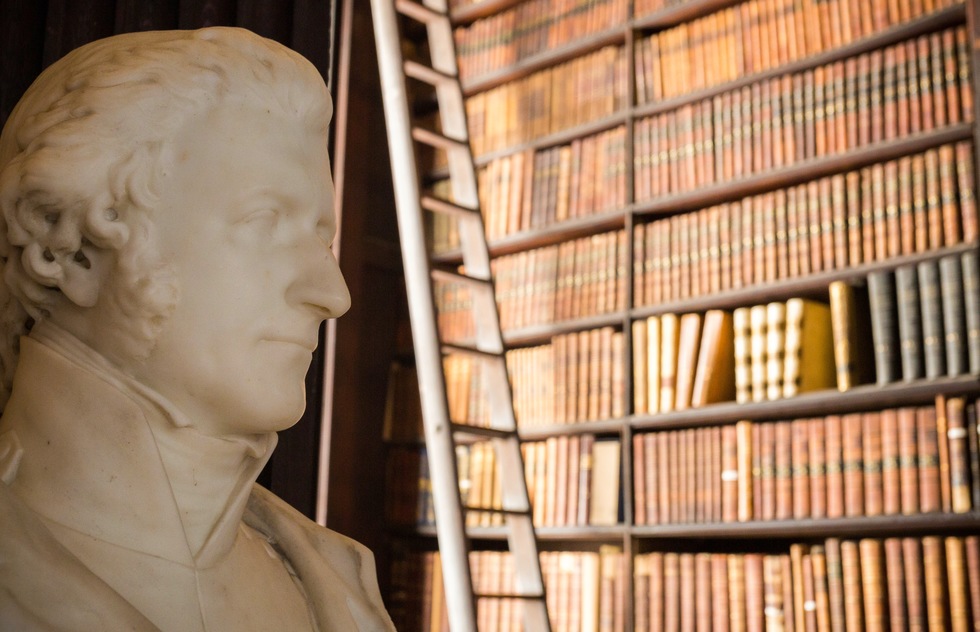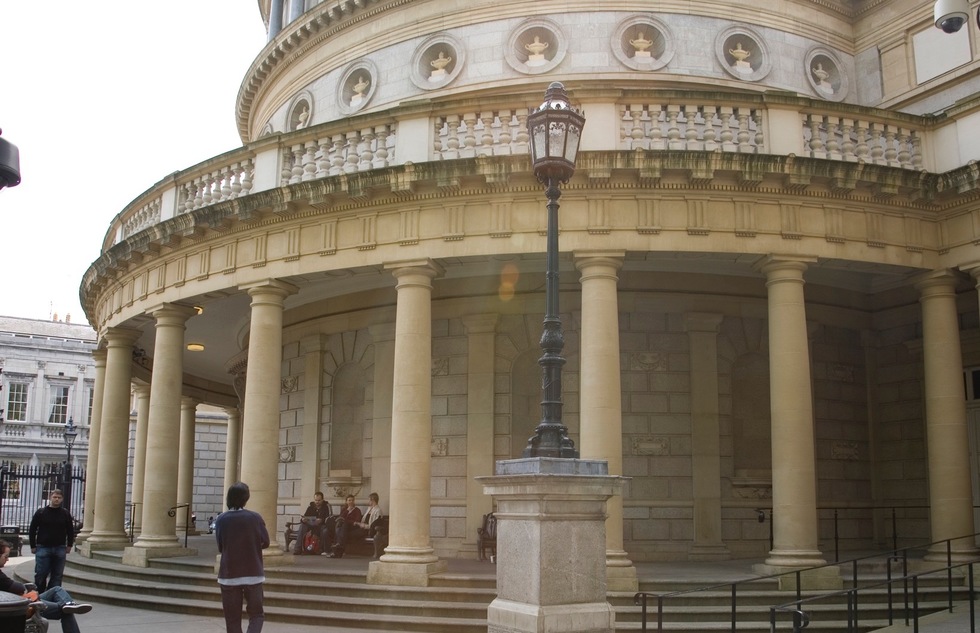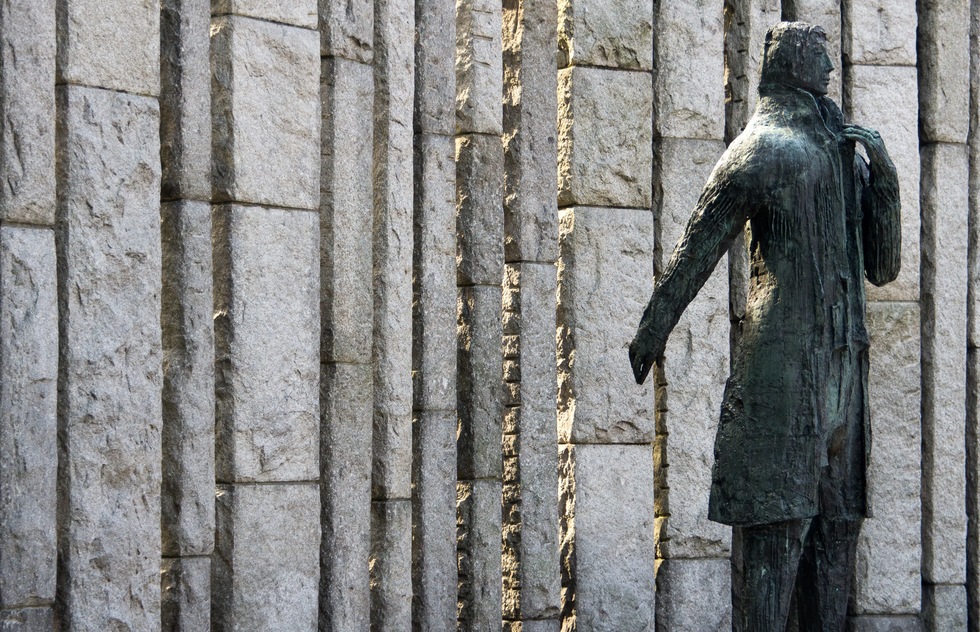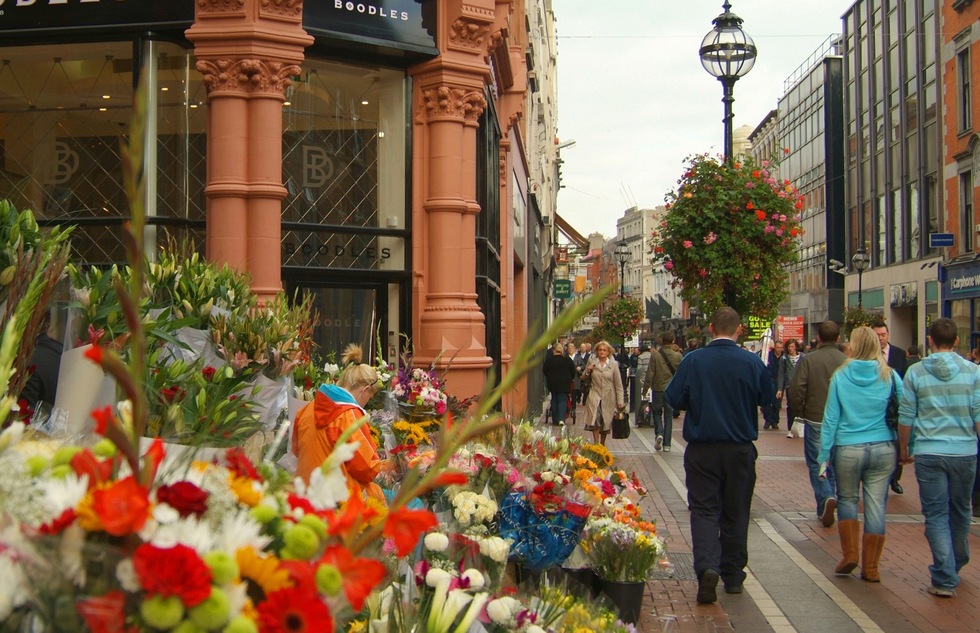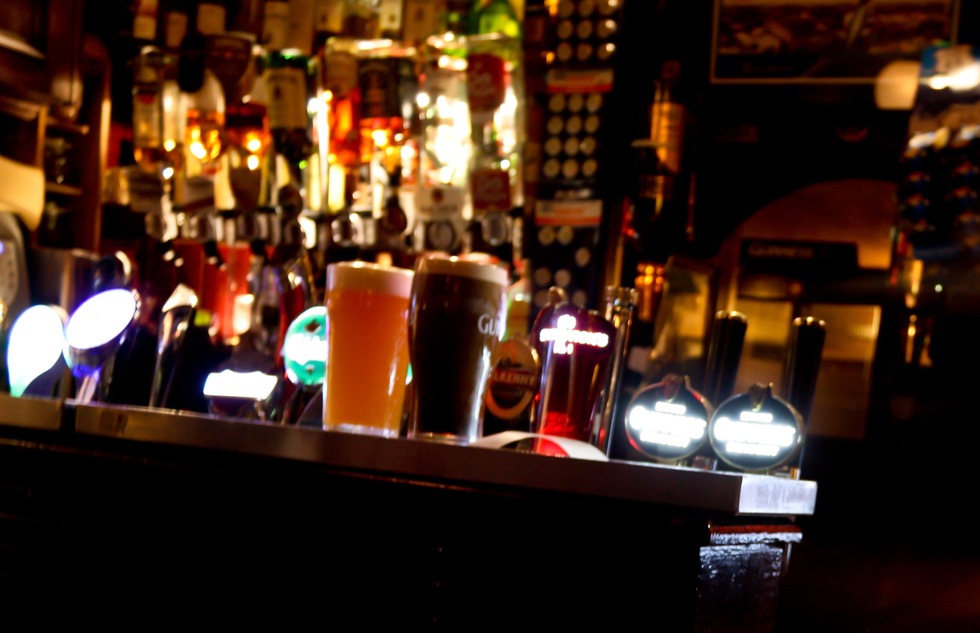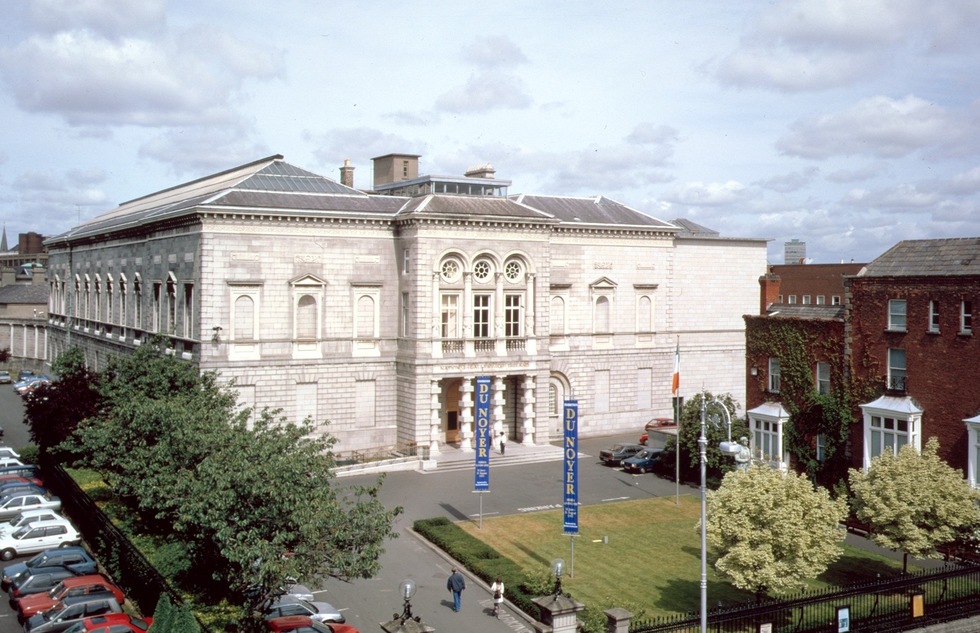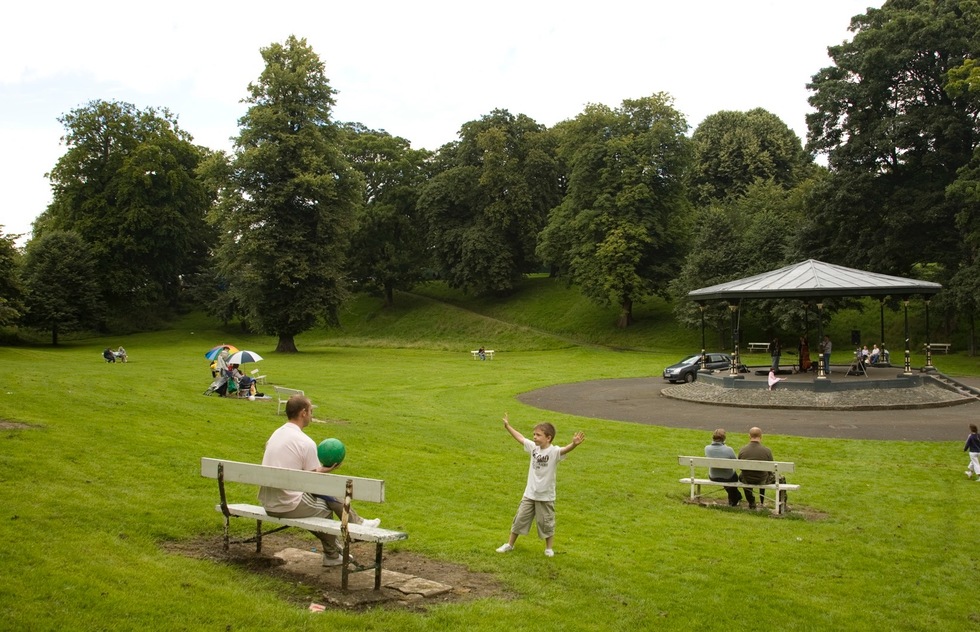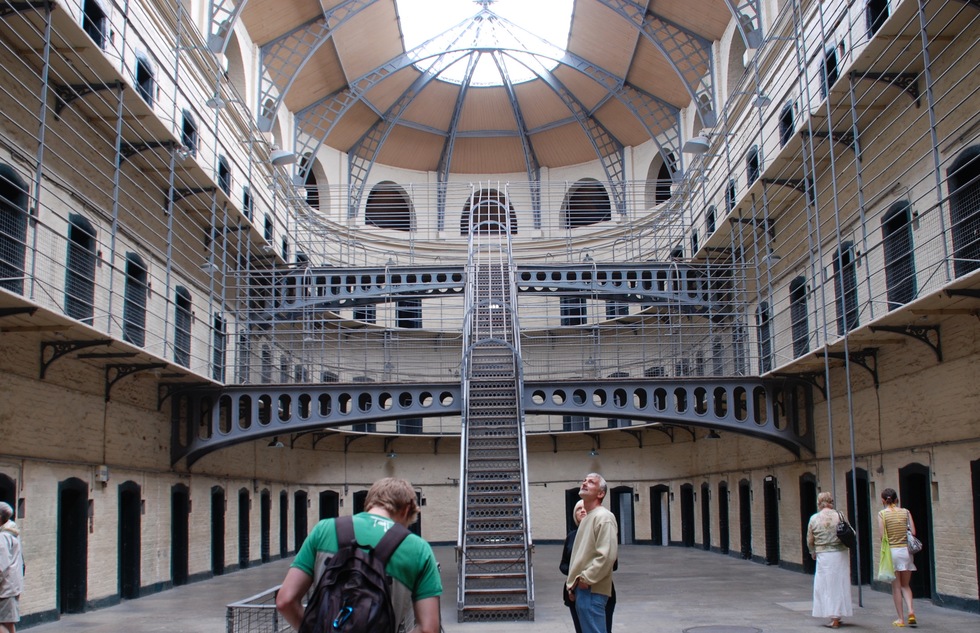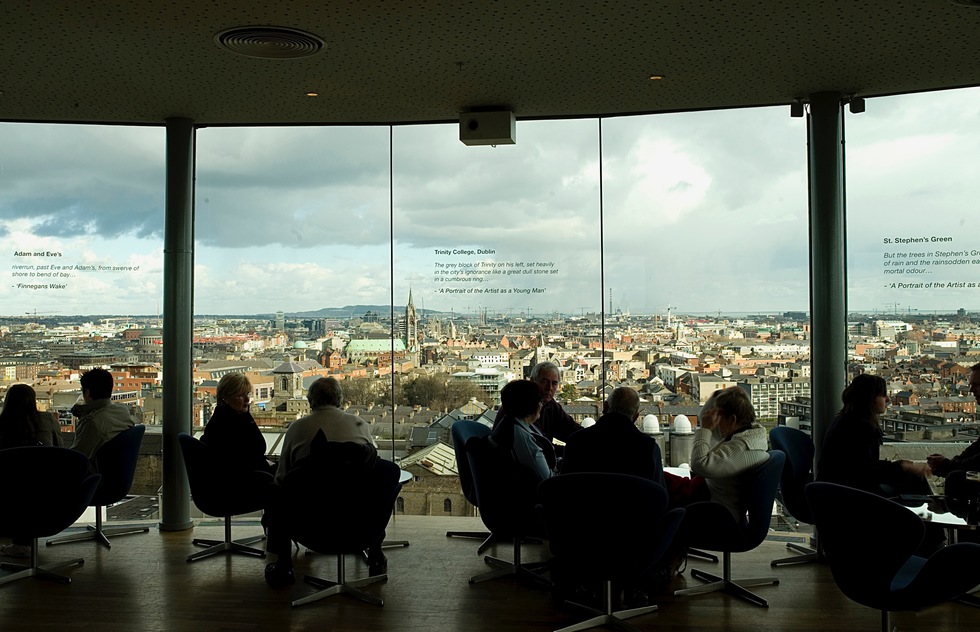What to Do in Dublin If You Don't Have Much Time
By
By Christi Daugherty and Jack Jewers
Despite its stony gray appearance, the Irish capital is one of Europe’s most youthful and rapidly changing cities. Dublin’s oldest landmarks remain among its most interesting, but they’re enlivened by a wealth of modern attractions: Edgy bars and cafes buzz alongside old pubs that have stood for centuries, and chic boutiques are snuggled into the medieval precincts of Cow’s Lane. It’s yours to discover afresh—even if you think you know what to expect.
In the whirlwind itinerary that follows, we show you how to hit the city's highlights, whether you have one, two, or three days to spare.
In the whirlwind itinerary that follows, we show you how to hit the city's highlights, whether you have one, two, or three days to spare.
Day 1: St. Patrick's Cathedral
The largest church in Ireland, and one of the most beloved places of worship in the world, St. Patrick’s is one of two Anglican Cathedrals in Dublin (the other is Christ Church, also worth your time). Most of what you can see dates from the 14th century, but religious buildings stood here nearly a thousand years before that. It's mainly early English in style, with a square medieval tower that houses the largest ringing peal bells in Ireland and an 18th-century spire. A moving collection of war memorials is tucked away at the very back of the cavernous nave, including a very low-key tribute to the Irish dead of World War II.
Chester Beatty Library
Located in the garden of Dublin Castle, this amazing little museum is filled with illuminated manuscripts and other artifacts from around the world. Highlights of the collection include medieval copies of the Gospels, 8th- and 9th-century Qurans, illustrated books celebrating the conquests of Ottoman sultans (pictured), sacred Buddhist texts from Burma and Tibet, nearly 1,000 Japanese prints from the Edo era, snuff bottles from China, and cuneiform writing tablets dating back nearly 5,000 years.
Lunch: The Porterhouse
This great microbrewery pub has a laid-back, folksy atmosphere and a fine selection of hearty Irish classics on the lunch menu.
Ha'penny Bridge
Though it’s officially named the Liffey Bridge, this pretty cast-iron arch, built in 1816, is better known by the toll once charged to cross it: half a penny. Its name is pronounced “hay-penny,” and the toll was abolished in 1919, when passage was made free.
General Post Office
This is a virtual pilgrimage site for anyone with even a passing interest in modern Irish history. O’Connell Street’s grand, neoclassical, battle-scarred post office was the scene of fierce fighting during the Easter Rising of 1916 and the civil war of 1922. There are a few exhibits inside—including the original Declaration of Independence, which was read from the front steps—but by touching the bullet holes in the walls out front you can gain a palpable sense of this building’s history.
Dublin Writers Museum
Lovers of Irish literature will find it hard to tear themselves away from the Dublin Writers Museum, a trove of artifacts relating to George Bernard Shaw, W.B. Yeats, James Joyce, Samuel Beckett, and many other Irish wordsmiths. It’s in Parnell Square, just up the street from the Post Office.
Dinner: Doheny and Nesbitt
Long popular with politicians, journalists, and economists, the famous Doheny and Nesbitt pub is a must for drinkers of stout and those partial to hearty Irish fare and atmosphere. Founded in 1850, it’s just around the corner from the city's government buildings. When a band of politicians and civil servants began meeting here in the 1980s, journalists dubbed them “the Doheny and Nesbitt School of Economics.” Quiet, even sedate during the day, the place gets particularly busy on hot summer nights, when boisterous crowds spill out onto the streets outside.
Day 2: St. Michan's Church
Start off your second day at one of Dublin's spookiest sites. Built where an early Danish chapel stood from 1095, the 17th-century St. Michan's Church has fine interior woodwork and an organ (dated 1724) on which Handel is said to have played his Messiah. But the church's most fascinating feature is also its most macabre—the underground burial vault. Because of the dry atmosphere, bodies have lain for centuries without showing signs of decomposition. Legend has it that Bram Stoker’s visits to the vaults as a child inspired him to write Dracula.
Trinity College
Most visitors wouldn’t think of coming to Trinity without seeing the Book of Kells, a medieval illuminated manuscript on permanent display here. But for us, the chief pleasure of coming to this hallowed institution—founded in 1592 and still the foremost university in Ireland—is wandering its beautiful grounds. With romantic, cobbled squares, landscaped gardens, and a picturesque old quadrangle, it’s one of the most romantic spots in Dublin.
Lunch: National Museum of Ireland
The flagship museum of Irish history contains a breathtaking selection of prehistoric and early Christian artifacts. Among the highlights are a dazzling collection of ancient Celtic jewelry and some fascinating exhibits from excavations of early Dublin settlements. This is also where you’ll see such iconic archaeological finds as the Tara Brooch and the Cross of Cong.
The café is a good place to refuel after a wander among the nation’s treasures. All the food is made fresh: soups, salads, quiches, and an abundance of pastries.
The café is a good place to refuel after a wander among the nation’s treasures. All the food is made fresh: soups, salads, quiches, and an abundance of pastries.
St. Stephen's Green
Every time we visit this lovely urban park, we spot some new and imaginative artwork hidden amid its leafy walkways. Among them is a beautiful statue commemorating the Irish rebel Wolfe Tone (pictured), an affecting monument to the Great Famine, and a garden of scented plants for blind visitors. This is a great place for a summer picnic. If the weather’s fine, you can take a buggy ride through the park starting from the Grafton Street side.
Grafton Street
Before you give your feet a well-earned rest, take the time to walk down Dublin’s most famous shopping street. It’s a combination of big chains, chichi department stores, and little shops—and it's as pricey as in any big city (although bargains can be found). Grafton is also a popular site for street performers, so you’re almost guaranteed an impromptu show on a sunny day. There’s an irresistible photo op to be found at the junction with Sloane Street, in the form of a life-size bronze statue of poor, doomed Molly Malone. Unveiled in 1987, it raised a few eyebrows due to Molly’s somewhat revealing décolletage. With typical dryness, locals swiftly nicknamed the statue “the Tart with the Cart.”
Dinner and Drinks: Temple Bar
There are really two Temple Bars, depending on when you visit. During the day, Temple Bar is an artsy, cultured district full of trendy shops and modern art galleries. But such refinement gives way to an altogether more raucous atmosphere after dark, when things can get pretty lively. With its myriad selection of pubs, bars, and hip clubs, this is definitely where it’s at in Dublin after dark.
Day 3: National Gallery of Ireland
Ireland’s national art museum includes a collection of European works from the 14th to the 20th century: paintings by Vermeer, Monet, and Picasso, in addition to Irish artists such as Jack B. Yeats, brother of the poet William Butler. The gallery owes its existence, in part, to the largesse of George Bernard Shaw, who bequeathed a third of the royalties from his plays in perpetuity—in honor, so he said, of the education the museum had given him as a boy.
Lunch: Picnic at Phoenix Park
The vast green expanses of Phoenix Park are Dublin’s playground, and it’s easy to see why. This well-designed, user-friendly park is crisscrossed by a network of roads and quiet pedestrian walkways that make its 1,700 acres easily accessible. It’s a restful place to spend an hour or two, but there’s plenty to do here should you feel active. The home of the Irish president is in the park, as is the Dublin Zoo. The visitor center, adjacent to Ashtown Castle, dispenses maps and information.
Kilmainham Gaol Historical Museum
This moving, even disturbing, prison museum is a key sight for anyone interested in Ireland’s struggle for independence from British rule. Within these walls, Irish political prisoners were incarcerated, tortured, and killed from 1796 until 1924.
Guinness Storehouse
Founded in 1759, the Guinness Brewery produces the distinctive dark stout known the world over. The storehouse tour takes in the whole place, starting in a converted 19th century hops store, which contains the World of Guinness Exhibition, then moves on to the Gilroy Gallery, dedicated to the famous design work of John Gilroy. Last but not least, stop in at the breathtaking Gravity Bar (pictured), where you can sample a pint of the famous brew in the glass-enclosed bar 200 feet above the ground.
What better spot to raise a farewell toast to Dublin?
What better spot to raise a farewell toast to Dublin?





